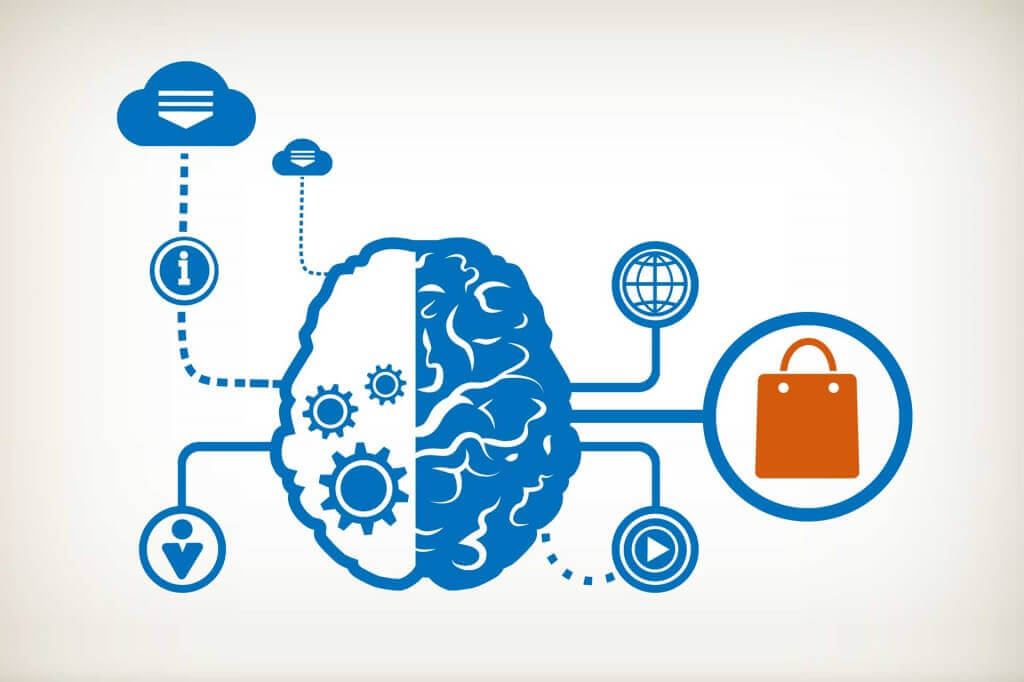
According to web research company, Baymard Institute, two out of three (67.45%) online shopping carts are abandoned before purchase. Every travel retailer knows tools such as discount codes and flash sales can help convince a customer to purchase trips or add-ons, but what other methods can push a customer over the line and convert online shopping baskets into sales?
It is important in sales to recognise that, when it comes to targeting customers effectively, 95% of decisions are steered by our subconscious. For years physical travel agencies have applied psychological tactics such as large idyllic images in stores and telling a customer there’s a limited amount of rooms left in a hotel. It’s a proven and very effective method to sell products – so why shouldn’t online outlets have a similar psychological-based approach to selling?
By applying simple changes to your site, you could find significant improvements in conversion rates.
Here are seven simple principles based on neuroscience you can apply to your website to help convert sales.
Need for certainty
Ambiguity at the checkout stage of a sale puts customers off quickly. By providing clear information on what will happen when a customer clicks on a link or avoiding vague information around offers you can prevent this.
Simple user testing can help to pinpoint any areas where there may be confusion and fix them straight away. You could try offering a free trial of your service or display reviews clearly, so wary customers have more reassurance when committing to a purchase.
Decoy effect
A common issue for customers when picking between packages on a site is hesitation or confusion between two options. Presenting a third option or ‘an ugly brother’ can strongly influence choice by providing a decoy.
Consider providing an option significantly less attractive than the one you would like to sell. By offering a service which is far more expensive and only marginally more lucrative, customers are more likely to feel they are getting a better deal by picking the mid-range option you want them to purchase, bypassing the cheapest option.




